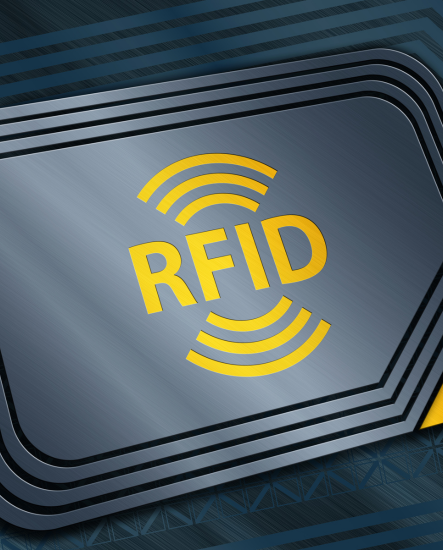
2024: The First Year of Large-Scale RFID Application in the Food Industry
The food industry has long recognized the need for supply chain tracking. However, in earlier attempts to apply RFID technology to food supply chains, challenges arose due to the diversity of commodities and the presence of metals and liquids in environments with significant electromagnetic interference, making RFID reading highly problematic.
Previously, the industry’s technical capabilities fell short of meeting the demands for accurate identification within the food supply chain. Now, with breakthroughs in tag and reader technologies, these issues have been resolved, achieving a recognition sensitivity of over 99%. In response to these advancements, McDonald’s has decided to embark on large-scale adoption of RFID technology.

Through strategic collaboration with Cainiao Group, McDonald’s China has integrated RFID tags into food packaging materials, delivering two major benefits:
By using temperature-sensitive RFID tags, McDonald’s can monitor real-time temperature and location data for sensitive items during transportation. For example, a McDonald’s location in Europe utilizes a solution that includes:
This system allows McDonald’s to detect and address anomalies in temperature-sensitive items, ensuring product quality and safety throughout the supply chain.
In France, the anti-waste law mandates that fast-food restaurants transition from disposable to reusable cutlery within a specific timeframe. In response, McDonald’s France implemented RFID solutions to manage reusable items.


Your trusted partner for premium RFID solutions